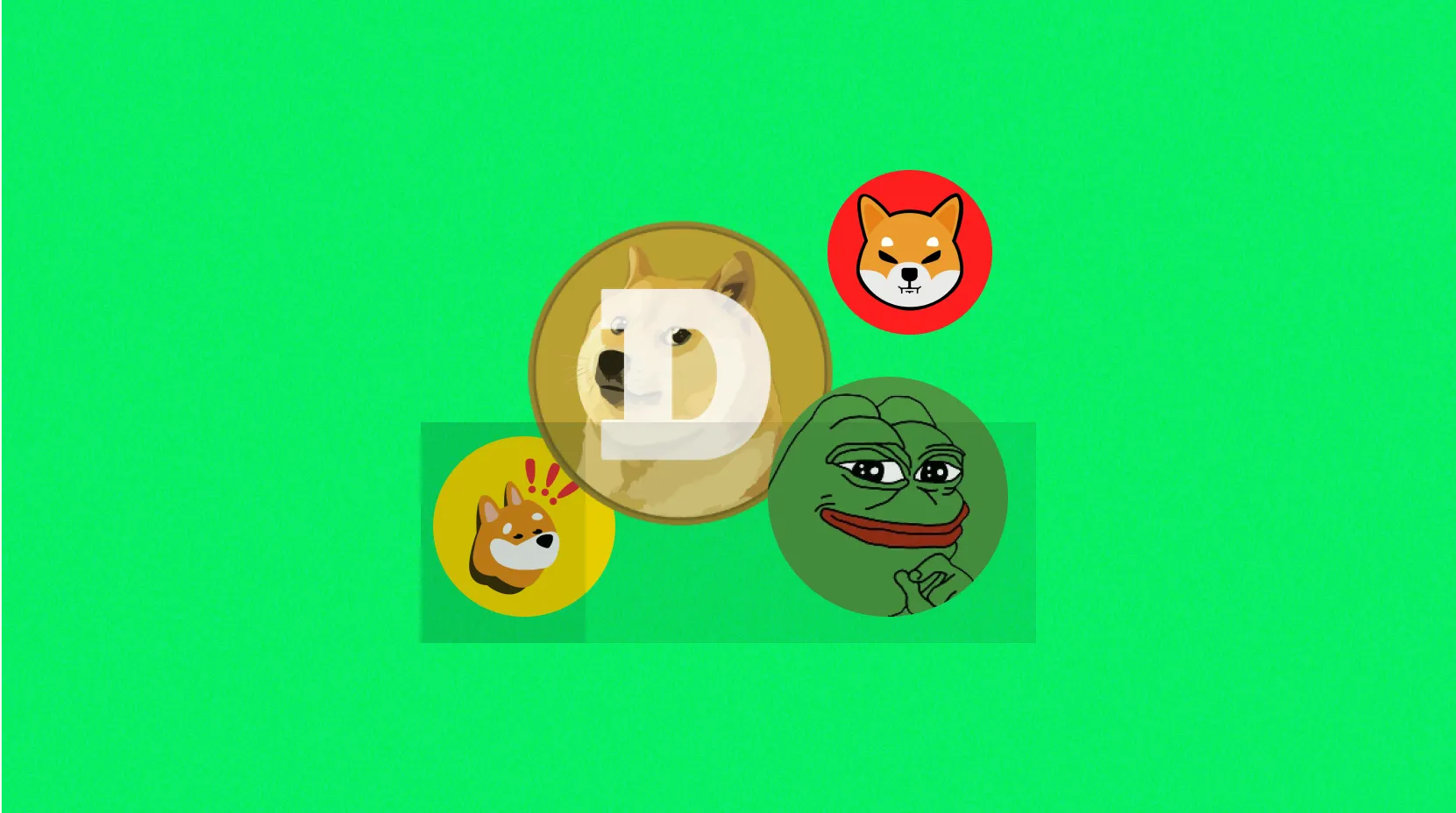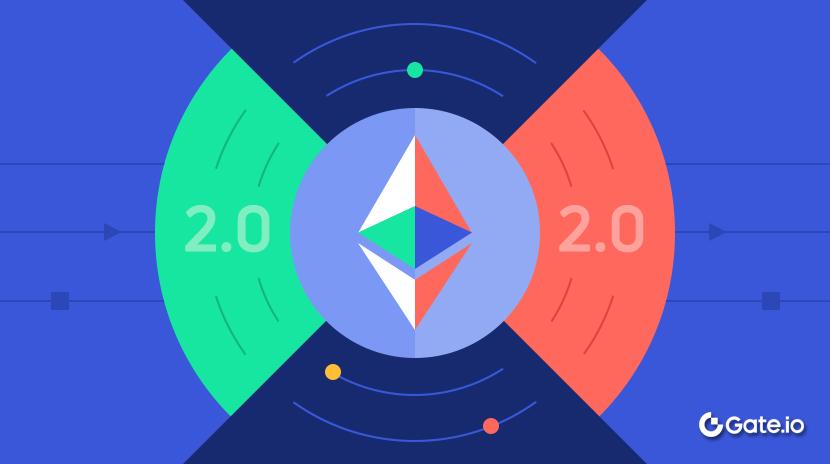WETH

What Is Wrapped Ether (WETH)?
Wrapped Ether, or WETH, refers to Ether (ETH) that has been deposited into a smart contract and “wrapped” at a 1:1 ratio into an ERC‑20 token. This process allows ETH to be used seamlessly across applications that require ERC‑20 compatibility. You can convert WETH back to ETH at any time through the same contract, with both assets closely tracking each other's value.
To elaborate, the ERC‑20 standard is the most widely adopted token interface on Ethereum. Most DeFi protocols, wallets, and smart contracts are built for ERC‑20 tokens by default. Since native ETH does not fully conform to the ERC‑20 interface, WETH was created as a “bridge asset” to enhance interoperability. Importantly, gas fees are still paid in ETH—WETH simply serves as an account-level token representation.
Current Price, Market Cap, and Circulating Supply of Wrapped Ether (WETH)
As of 2025-12-25 09:34 (UTC), based on available data:
- Latest price: $2,931.094615; 24h change: +0.1438%; 1h: -0.0569%; 7d: +3.1844%; 30d: +1.6110%.
- Circulating supply: 3,375,317.5926469 WETH; total supply is the same; there is no set maximum supply cap.
- Circulating market cap: $9,893,375,220.04; fully diluted market cap: $9,893,375,220.04.
- 24h trading volume: $670,673,294.99; active markets/trading pairs: approximately 22,536. These figures update in real time with market movements. Since WETH is pegged 1:1 with ETH, its price generally mirrors ETH’s performance; short-term deviations may occur due to liquidity or fee fluctuations.
Who Created Wrapped Ether (WETH) and When?
WETH was not issued by a single company. Instead, it emerged as a standard solution from the Ethereum developer community to enable ERC‑20 compatibility in the early days of DeFi. The main WETH contract has been live on the Ethereum mainnet for several years and became a foundational asset as DeFi and DEXs surged after 2018. For official information, see weth.io.
How Does Wrapped Ether (WETH) Work?
At its core, WETH relies on a smart contract:
- Deposit: Send ETH to the contract to mint an equal amount of WETH at a 1:1 ratio to your address.
- Withdraw: Burn your WETH to receive an equivalent amount of ETH back from the contract.
Because WETH is an ERC‑20 token, it supports standard token functions:
- Approve: Authorize an application to spend a specified amount of your WETH.
- Transfer: Move WETH between addresses just like any other ERC‑20 token.
Network and contract addresses are crucial. The Ethereum mainnet has its own “mainnet WETH” contract; Layer 2 (L2) networks or other blockchains may have their own WETH or bridged variants—these share the same name but use different contract addresses and are not interchangeable by default.
What Can Wrapped Ether (WETH) Be Used For?
WETH is mainly used in scenarios that require ERC‑20 compliance:
- Decentralized exchanges (DEXs): Acts as a base pair or quote asset, streamlining trading and reducing compatibility issues.
- Lending and collateral: Enables users to provide collateral in lending protocols for improved capital efficiency; can be unwrapped to ETH at any time.
- Market making and yield strategies: Participates in liquidity pools paired with other tokens to earn transaction fees.
- NFT and order book applications: Some platforms use WETH for bids or settlements to standardize contract interactions.
A practical example: If you hold ETH and want to use it as collateral in a lending protocol that only supports ERC‑20 tokens, you must first wrap ETH into WETH before depositing.
Wallet Support and Expansion Options for Wrapped Ether (WETH)
Most mainstream self-custody wallets support receiving and transferring WETH; simply add the correct contract address to view your balance. Self-custody wallets—where you control your private keys—include browser extension wallets and hardware wallets.
On wrapping/unwrapping:
- Converting ETH to WETH in your wallet or app invokes the deposit function of the WETH contract; unwrapping does the reverse via the withdraw function.
- Both actions require gas fees, which must be paid in ETH—ensure you retain a small ETH balance for transaction costs.
Cross-chain and L2:
- WETH on different networks represents distinct assets. Moving assets between chains requires bridge tools to transfer from network A to B and then use the corresponding version of WETH on the target network. Always verify contract addresses via official documentation.
Major Risks and Regulatory Considerations for Wrapped Ether (WETH)
- Contract risk: Vulnerabilities in the WETH contract or integrated protocols may threaten asset safety in rare cases.
- Counterfeit contracts: Multiple tokens may share the same name; always verify contract addresses through official or authoritative sources.
- Cross-chain risk: Bridge contracts are frequent targets for exploits; WETH’s security across chains depends on each bridge’s design and audits.
- Approval risk: Granting “unlimited approval” in DeFi can increase exposure to theft—authorize only as needed and regularly revoke unnecessary permissions.
- Custody and private keys: Holding WETH on an exchange is custodial—platform risk applies; self-custody users must securely manage seed phrases and private keys.
- Regulatory compliance: Crypto asset regulations vary by region. Before trading or withdrawing, understand local laws and complete identity verification (KYC) if required.
How to Buy and Safely Store Wrapped Ether (WETH) on Gate
Step 1: Register and Complete KYC
Sign up on Gate’s website or app and complete identity verification (KYC) as instructed to increase deposit, withdrawal, and trading limits.
Step 2: Deposit Funds or Buy Stablecoins
Purchase stablecoins (such as USDT) via fiat gateways or deposit assets from another wallet to Gate. Always select the correct deposit network and test with a small amount first.
Step 3: Search for Trading Pairs and Verify Details
Go to spot trading, search “WETH,” review the token details and contract network, and prioritize trading pairs listed on Ethereum mainnet (such as WETH/USDT). Pay attention to chain names and withdrawal networks on the platform.
Step 4: Place Your Order
Choose between market or limit orders based on your needs. Market orders execute instantly but may incur slippage; limit orders allow price control but may not fill immediately. Check fees and available balances before confirming.
Step 5: Withdraw to Self-Custody Wallet (Optional)
If you prefer self-custody, withdraw using the Ethereum (ERC‑20) network by entering your wallet address. Test with a small amount first; only withdraw larger sums after confirming receipt. Save transaction hashes for tracking.
Step 6: Manage Security and Approvals
- Self-custody: Back up seed phrases offline, set strong passwords, and use hardware wallets for large holdings.
- Application approvals: Only connect wallets to trusted DApps; approve WETH allowances as needed and regularly revoke unused permissions.
- Wrapping/unwrapping: When swapping between ETH and WETH in your wallet, ensure sufficient ETH for gas fees and confirm you are interacting with the official WETH contract.
Key Differences Between Wrapped Ether (WETH) and Ether (ETH)
- Asset form: ETH is Ethereum’s native asset; WETH is an ERC‑20 token created by wrapping ETH via a smart contract.
- Technical standard: ETH does not fully comply with ERC‑20; WETH is fully ERC‑20 compliant for easier use in DeFi, approvals, transfers, and integrations.
- Use cases: ETH pays gas fees and enables staking/validation at the protocol level; WETH is preferred for DEX trading, lending collateral, market making, and NFT settlements.
- Operations & fees: Wrapping/unwrapping requires interacting with smart contracts and paying gas; holding ETH directly requires no such actions.
- Risk profile: ETH’s risks center on price volatility and network security; WETH inherits these plus additional smart contract vulnerabilities and cross-chain recognition issues.
Summary of Wrapped Ether (WETH)
WETH converts ETH into an ERC‑20 format to solve compatibility issues, making it more accessible for DeFi protocols, DEXs, lending platforms, NFTs, and more. It maintains a 1:1 peg with ETH so prices closely track each other but exists as separate contracts across different networks—always wrap/unwrap and bridge with care. New users can register with Gate for purchases—always verify trading pairs and withdrawal networks, start with small amounts, and keep transaction records. Long-term holders should consider self-custody with hardware wallets while managing approvals and backups carefully. In essence, WETH acts as Ethereum’s “universal interface” at the application layer—its value is tied directly to ETH demand and DeFi activity. Always understand its mechanics and risks before engaging.
FAQ
Why Do We Need Wrapped Ether (WETH)?
Ether (ETH) is Ethereum’s native asset but lacks ERC‑20 compatibility—so it cannot be directly used in decentralized exchanges (DEXs) or smart contracts that require ERC‑20 tokens. By wrapping ETH into WETH, it gains full ERC‑20 compatibility, enabling seamless participation in DeFi ecosystems just like any other token. In simple terms, WETH is ETH’s “entry ticket” to DeFi.
Can You Swap Between WETH and ETH at Any Time?
Absolutely—the exchange rate is always 1:1 and conversions occur instantly. You can deposit ETH into the WETH contract to mint WETH or redeem WETH for ETH at any time through the contract—typically within seconds. This decentralized process requires no third-party intervention and incurs minimal gas fees.
Where Is WETH Used?
WETH is primarily used across DeFi: swapping tokens on Uniswap or other DEXs, providing collateral in lending protocols, earning yield in liquidity mining strategies, or bidding on NFT platforms. On centralized exchanges like Gate, you can often trade directly with ETH; however, for on-chain DeFi interactions, WETH is the standard.
Are There Extra Fees for Holding WETH?
Holding WETH itself incurs no extra costs. However, every swap between ETH and WETH requires payment of gas fees (the blockchain network fee). The gas fee depends on Ethereum network congestion—so it’s best to transact during off-peak hours to save costs. Holding WETH on centralized exchanges like Gate does not incur additional fees.
Is There Smart Contract Risk With WETH?
WETH’s smart contract code has undergone extensive audits so risk is relatively low—but as with all on-chain assets there remains systemic risk. Best practices include avoiding unknown platforms, granting permissions judiciously, regularly checking wallet approvals, and for large holdings storing assets securely on exchanges like Gate or via hardware wallets.
Glossary of Key Terms Related to Wrapped Ether (WETH)
- Smart Contract: A program running on Ethereum that executes automatically; WETH utilizes smart contracts to wrap ETH.
- ERC‑20 Standard: The universal interface standard for tokens on Ethereum; WETH follows this protocol for broad compatibility.
- Gas Fee: The computational cost paid for executing transactions or contract calls on Ethereum; required when transacting with WETH.
- Liquidity Pool: A smart contract pool holding pairs of tokens in DeFi—WETH is a core asset in most liquidity pools.
- Wrapped Token: A tokenized version of a native asset locked in a contract—WETH wraps ETH for DeFi use cases.
- Cross-chain Bridge: The mechanism for moving assets between different blockchains; WETH can be bridged across multi-chain ecosystems.
Further Reading & References for Wrapped Ether (WETH)
-
Official Website/Whitepaper:
-
Developer Docs:
-
Authoritative Media & Research:
Related Articles

In-depth Explanation of Yala: Building a Modular DeFi Yield Aggregator with $YU Stablecoin as a Medium

Sui: How are users leveraging its speed, security, & scalability?
